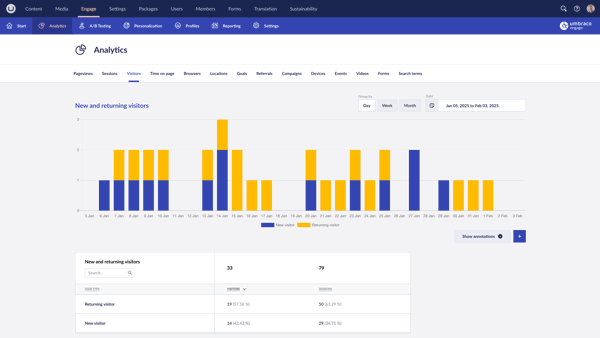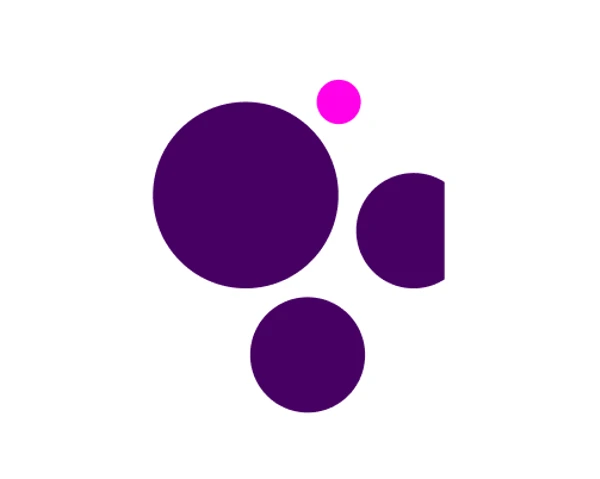Most but not all clients that I work with have a straightforward goal of increasing conversions.
Of course, it is usual for key stakeholders to demand a return on their investment (ROI). For many ROI is measured through conversions, where the user reveals themselves by completing a form; others are more concerned with a sale.
I like to think of a form completion or a sale as the end goal or a full conversion, although I also measure events like the user downloading a white paper or a partial conversion like signing up to a newsletter.
Measuring activity on a website is important because it is the only way to learn. Once I have data I can benchmark engagement through A/B or split URL tests, subsequently increasing conversion.
I can collect data on your user from the first visit. Allocating your user a unique ID and tracking their user journey. By storing data on the user journey I can then personalise their next visit. Showing the user more of the same, related content or an offer designed to aid conversion.
Personalisation can be very nuanced and the segmentation of users should be approached carefully. Showing users the right content at the right time can dramatically increase conversions to your website, but why not go one step further by hooking up the data to a CRM. My company is a Umbraco CMS specialist agency and we use the open-source Pipeline CRM that sits in the Umbraco back office (it’s free). It not only gathers data but when the user converts, creates an opportunity to nurture the prospect through the sales cycle with automation (sending a steady flow of content to convert the prospect into a client).
My experience in running projects where we integrate to third-party solutions like Salesforce or MS Dynamics works in the same way. I find that over the last twelve months companies have become more and more focused on conversion-centred design, lead generation websites, and landing pages to drive their campaigns. After all, why shouldn’t conversion data populate your CRM?
Personalisation and automation are now mainstream
Measuring the success of digital campaigns has always been top of the list. The difference today is that personalisation and automation are now mainstream and no longer just for larger organisations.
Join the revolution, no matter the size of your company.





